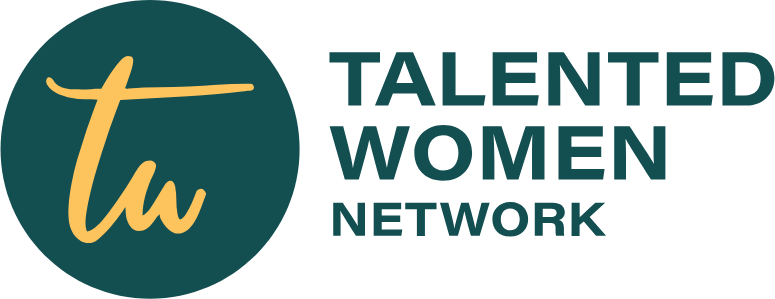ahead of the curve.Your resume may open the door, but your appearance often sets the tone. Whether you’re sitting across from a hiring manager or showing up through a screen, what you wear to an interview silently communicates confidence, professionalism, and cultural awareness.
But here’s the truth: there’s no one-size-fits-all outfit anymore. Interview attire has evolved—especially in a hybrid work era where first impressions happen both in conference rooms and on camera.
So, how do you dress to impress without overdoing it—or worse, missing the mark entirely?
1. Know the Company Culture First
Before reaching for that blazer or adjusting your tie, pause. What does the company expect?
If you’re interviewing at a fintech startup, a sleek smart-casual look may be spot on. But for a corporate law firm or financial institution? Traditional business formal is still the standard.
Tip: Scan the company’s social media and team photos. Are people wearing polos or power suits? Mirror that energy with a slightly elevated touch.
In-Person Interview Attire: Professional Polish With Purpose
For Corporate Roles (Finance, Law, Consulting)
- Men: A tailored suit in navy, black, or charcoal, with a pressed shirt and conservative tie.
- Women: A fitted blazer with dress pants or a knee-length skirt, or a structured dress with closed-toe shoes.
For Creative or Tech Roles
- Men: A smart shirt with chinos and loafers or clean sneakers. A blazer adds polish if needed.
- Women: A blouse with well-fitted pants or a midi dress, paired with flats or low heels.
The Key: Look neat, well-groomed, and put together. That means wrinkle-free clothes, clean shoes, and minimal, intentional accessories. Avoid loud prints or overly trendy items that distract.
Virtual Interview Attire: From the Waist Up (But Not Only)
The temptation to dress business-on-top and pajamas-on-the-bottom is real—but risky. What if you need to stand up mid-call? Instead, fully dress the part to mentally step into your professional persona.
What Works on Camera
- Solid colors: They translate better on screen than busy patterns or stark white, which can create glare.
- Simple jewelry: Dangly earrings or chunky necklaces can be distracting.
- Natural lighting: Your outfit will look sharper if you’re well-lit, preferably with light facing you, not behind.
Pro tip: Test your outfit on video beforehand. How does it look under your lighting? Does the neckline frame your face well? Do your clothes wrinkle when you sit?
Grooming and Body Language Matter Too
- Hair: Keep it neat, regardless of your style.
- Makeup: If you wear it, keep it fresh and clean—not overly dramatic.
- Posture: Whether in person or virtual, sit or stand tall. Confidence is your most important accessory.
Dressing for an interview is less about fashion and more about strategy. You’re signaling that you understand the company, respect the process, and take the opportunity seriously.
Whether you’re clicking “Join Meeting” or walking through a glass door, let your attire reflect the message: I came prepared to be part of your team.
Image Credit: Morgan Overholt

